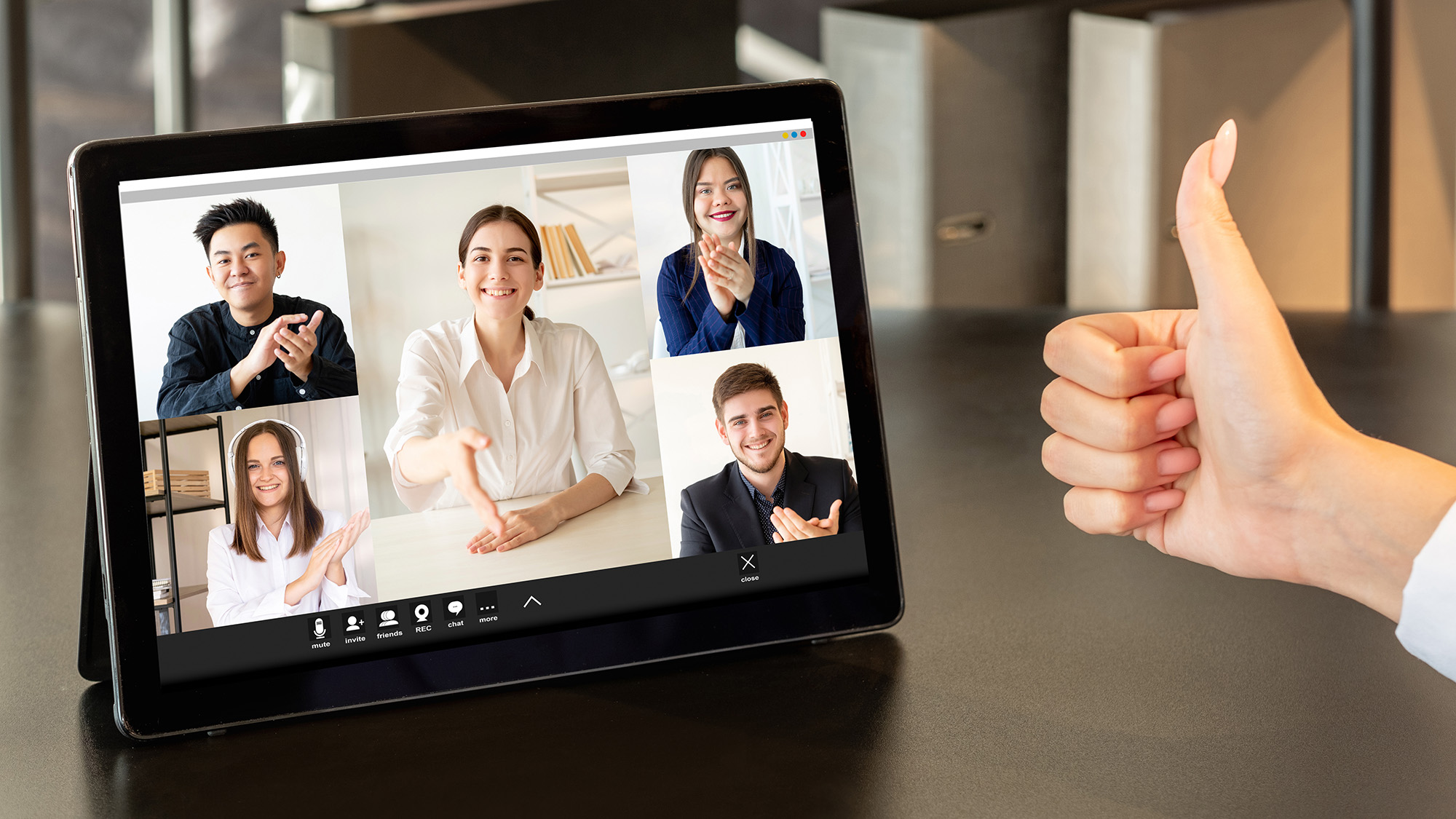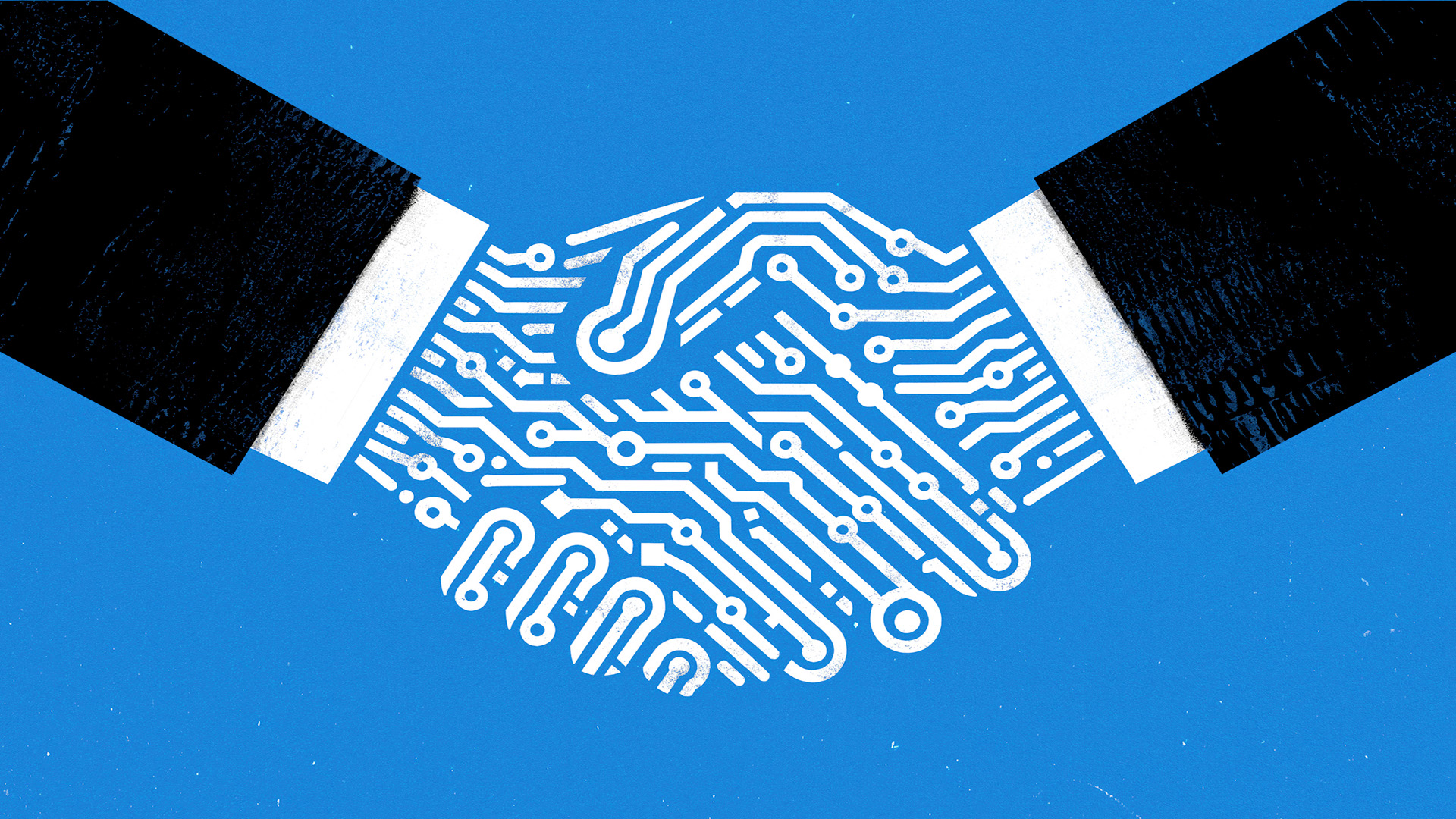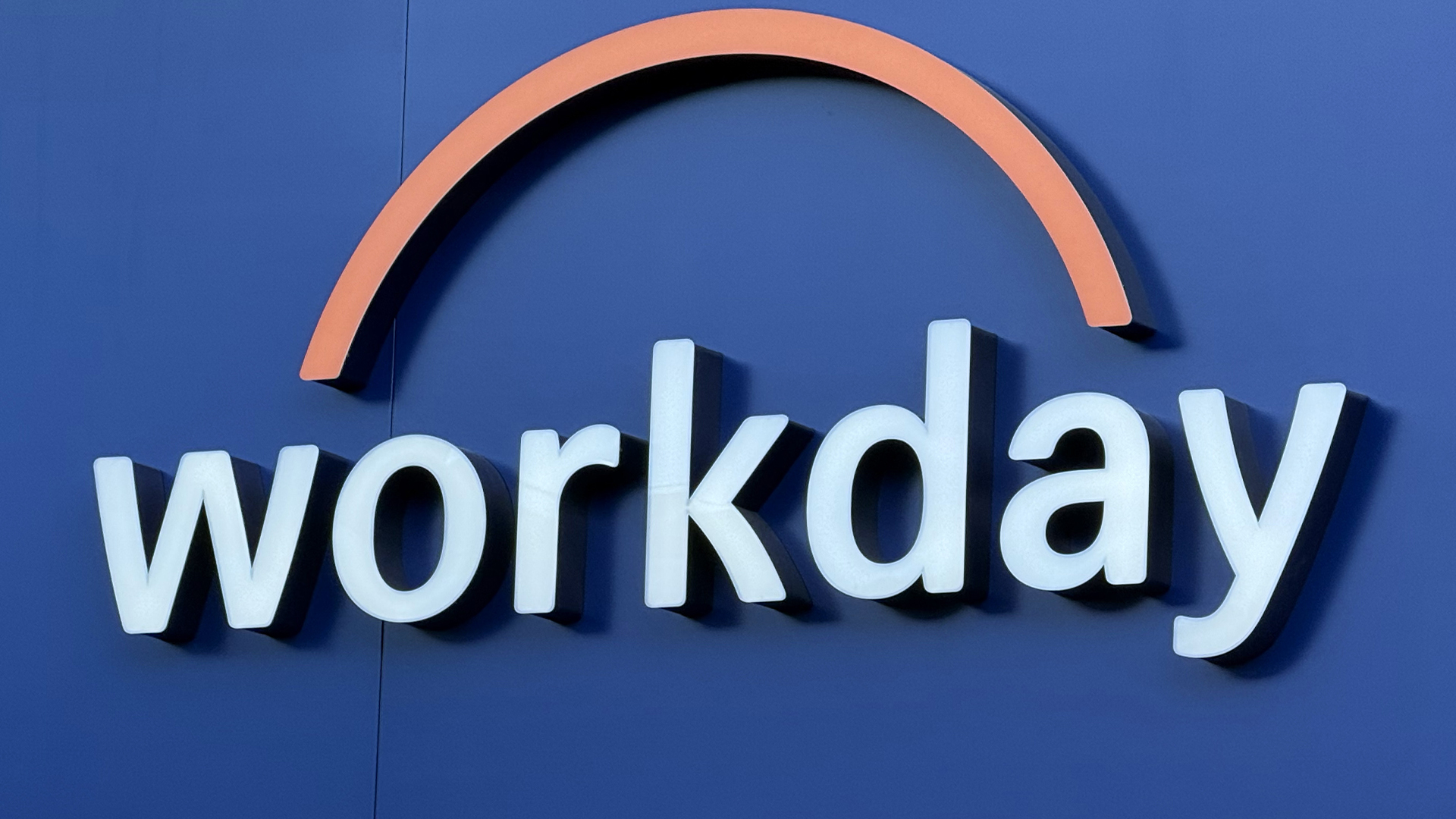Onboarding during the pandemic and beyond
The good, the bad and the strange elements of starting a new job remotely


This article originally appeared in Issue 14 of IT Pro 20/20, available here. To receive each new issue in your inbox, click here.
The great remote working experiment has been going on for so long that office life is slowly fading from memory. The banter, the pub lunches, cake on birthdays, it’s all too distant to recall now. But what about the people who have started a new job during the pandemic – how has the experience changed for them?
Nathaniel Ayling started working as a technology communications executive at Imagination Technologies in June 2020 having applied and interviewed for the role remotely. Several months into 2021, he is still yet to meet most of the people he works with in the flesh.
From virtual introductions to management meetings, Ayling takes IT Pro through his experience of remote onboarding. What worked, what didn’t and what felt just plain weird.
Tools of the trade
“When it came to onboarding, the first step was the infrastructure, getting sent a laptop, or phone, all the kinds of technology that you use if you're working from home,” Ayling explains. “And then there was the more HR learning side of onboarding.”
Laptop shipments have been increasing steadily during the pandemic, with Chromebook sales “through the roof”, according to analysts at Canalys. While it isn’t cheap to kit your organisation out, it isn’t unfeasible, either. Hot desking was a widely practiced strategy long before the outbreak of COVID and most businesses usually have ample laptop stocks.
Due to the prolonged nature of the pandemic – and the prospect of some businesses never returning to the office – there may be other hardware needs to take into account, such as monitors, desks and chairs. Unfortunately your hardware allocations will be dependent on your employer; a work laptop is often the only tool you’ll get with a new job, as it’s all you need to get started, meaning you may well need to invest your own money in kitting out a home office.
Sign up today and you will receive a free copy of our Future Focus 2025 report - the leading guidance on AI, cybersecurity and other IT challenges as per 700+ senior executives
Meet the team
We can all recognise that ‘new kid at school’ feeling on the first day of the job: You don’t know anyone and they certainly won’t have much information on you, so someone is given the task of showing you round and making introductions. Until last year, this was typically an in-person ritual of awkward smiles and handshakes (remember those?).
“The first thing you do in a lot of jobs is you go in on your first day, before you've started anything your boss says, ‘hello’, shakes your hand, and then you get walked around the office,” Aying says. “They introduce you to HR, this department, that department, whoever, and you obviously can't do that when you're remote.”
Instead, Imagination Technologies attempted to recreate the welcome virtually, with an introduction video followed by recorded messages from team managers. This tactic has its benefits – Imagination Technologies has a global operation and Ayling was introduced to department heads from India and Argentina, whom he wouldn’t have met in person anyway. However, it has a significant flaw in that all the communication is one way: While Ayling met the team, the team didn’t get to meet Ayling.
“We've been trying to get to know each other, but I think the one thing that you miss [when] working remotely, especially if you don't know the people beforehand, is just the little vignettes of conversation,” he says. “Those more kind of informal moments where you might just end up on a topic of conversation, or just kind of down a rabbit hole and getting to know people. Those kinds of organic moments of interpersonal discovery aren't quite there.”
Human Resources
Nearly all the tasks an HR department has to go through with a new starter can be done remotely, which was the case long before the pandemic and its resulting lockdowns. Correspondence over email, meetings on Microsoft Teams or Google Hangouts, personal details filed via any number of online platforms – thanks to the steady growth of HR-focused cloud services, there has been little difficulty in this area of onboarding.
The process can still be a little surreal, given our preference for in-person meetings, but the reality is you may never actually meet the people responsible for your transition into the company. Depending on your employer’s plans for the future of office work, this can even mean that one-to-ones with line managers, meetings that assess your probation period or progress reports will be based entirely on how you’ve handled work remotely.
“When people are working remotely, there's got to be a lot more trust, but it also requires active communication,” Ayling explains. “Because if you're new at another job, and you're all set in the office, you can have those kinds of touch points where you get that informal, ad hoc feedback to make a point or just check in.”
“I think it's potentially harder to prove your worth, if that makes sense. Because when you're in the office every day, they can see that you're up and about and moving, but when you're working from home, there has to be an element of trust involved, because they obviously can’t just monitor you the whole time.”
Beyond the pandemic
A study of between 6,000 and 7,000 UK residents during 2020 found that remote working increased 43% and with it a wealth of benefits for a greater life-work balance. From the employee perspective, 88% want to continue working from home beyond the pandemic. But whether they can stay at home is dependent on their employer’s discretion and, in some cases, the industry they work in.
According to LinkedIn’s Workforce Confidence Index, 38% of respondents said they felt their employer would call them back into the office on a full-time basis – reverting back to pre-pandemic life, so to speak. However, 43% said they believed their work would be a mixture of in-office and remote, while only 10% felt their jobs would be completely done from home.
This suggests most new starters won’t encounter remote onboarding after the pandemic, with at least some of it done in person in a dedicated office. When this oft-promised post-pandemic world will arrive, however, is another matter. Even as restrictions look set to gradually lift over the coming months, most offices and workspace will be subject to strict social distancing measures for some time, meaning sitting near some from HR, so they can talk you through your benefits package might not be feasible for at least a year, or even two.
“I wouldn't say [remote onboarding] is better or worse, I think it's ... different,” Ayling says. “At the start of lockdown, everybody on LinkedIn was saying ‘well, looks like the office is dead forever’, but I do miss the office to an extent. I think what we'll probably see going forward, rather than a complete closure of offices, is a much more flexible approach.”
Bobby Hellard is ITPro's Reviews Editor and has worked on CloudPro and ChannelPro since 2018. In his time at ITPro, Bobby has covered stories for all the major technology companies, such as Apple, Microsoft, Amazon and Facebook, and regularly attends industry-leading events such as AWS Re:Invent and Google Cloud Next.
Bobby mainly covers hardware reviews, but you will also recognize him as the face of many of our video reviews of laptops and smartphones.
-
 Keeper Security expands federal bench with latest senior hires
Keeper Security expands federal bench with latest senior hiresNews The security vendor has bolstered its federal team to support zero-trust access, operational execution, and government modernization efforts
-
 HackerOne eyes enterprise growth with double C-suite appointment
HackerOne eyes enterprise growth with double C-suite appointmentNews Seasoned industry executives Stephanie Furfaro and Stacy Leidwinger have joined the cyber security vendor’s executive team
-
 Enterprises are cutting back on entry-level roles for AI – and it's going to create a nightmarish future skills shortage
Enterprises are cutting back on entry-level roles for AI – and it's going to create a nightmarish future skills shortageNews AI is eating into graduate jobs, and that brings problems for the internal talent pipeline
-
 AI resume screening, recruiter chatbots, and ‘ghost jobs’ are causing havoc for struggling entry-level workers
AI resume screening, recruiter chatbots, and ‘ghost jobs’ are causing havoc for struggling entry-level workersNews A new report shows employers are cutting back on entry-level hiring, but expect things to improve eventually
-
 Workday snaps up AI-powered conversation recruitment platform, Paradox
Workday snaps up AI-powered conversation recruitment platform, ParadoxNews Workday will integrate Paradox’s AI-driven candidate experience agent to help deliver talent faster
-
 Microsoft could be preparing for a crackdown on remote work
Microsoft could be preparing for a crackdown on remote workNews The tech giant is the latest to implement stricter policies around hybrid working without requiring a full five days in the office
-
 Half of British companies want an end to hybrid working – but they’re playing with fire if they expect employees to comply
Half of British companies want an end to hybrid working – but they’re playing with fire if they expect employees to complyNews A survey by British Chambers of Commerce suggests approval of hybrid working depends on sector
-
 The Channel Recruiter and Nebula debut new global talent resourcing solution
The Channel Recruiter and Nebula debut new global talent resourcing solutionNews Tech Talent on Tap aims to provide channel firms with on-demand access to elite technical professionals from around the world


